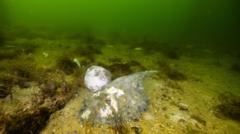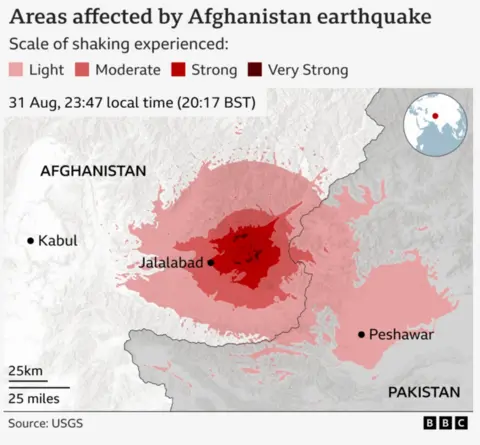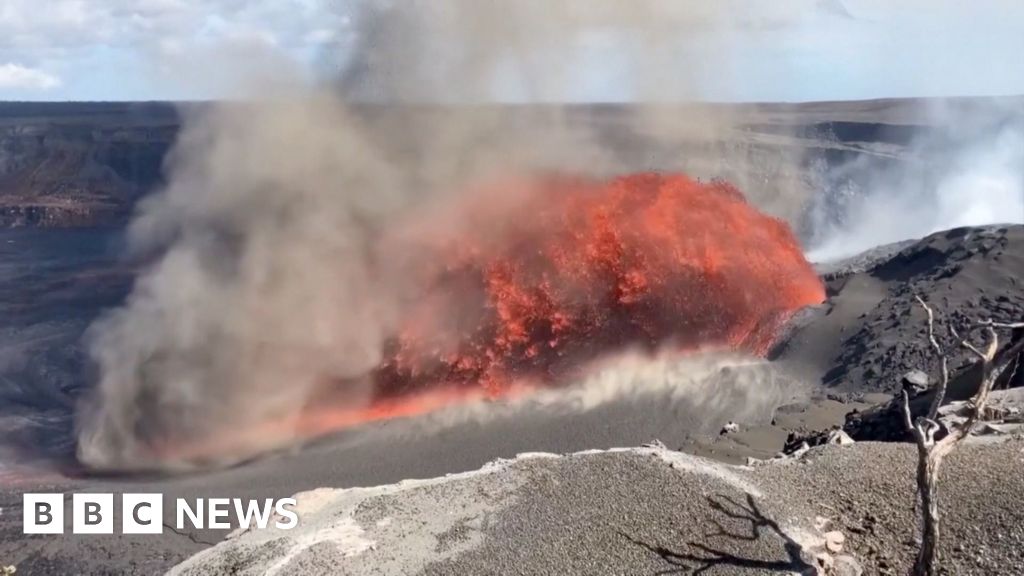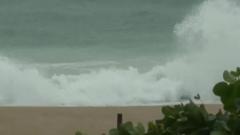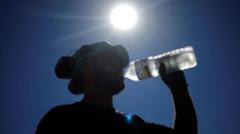Despite the devastation caused by the algae bloom, which has now spread widely and claimed over 400 marine species, federal officials are refraining from officially recognizing it as a natural disaster under Australian law, arguing it does not fit the legal definition.
An unprecedented algal bloom has turned South Australia's usually crystal-clear waters a haunting toxic green, sparking grave ecological and economic concerns. Known for their fast proliferation in response to nutrient pollution, warming oceans, and heatwaves, such algal blooms have rapidly grown larger since March, now encompassing an area twice the size of the Australian Capital Territory. This phenomenon has prompted South Australian Premier Peter Malinauskas to label it a "natural disaster," emphasizing the need for political acknowledgment and response.
In response to the crisis, the federal government introduced a package of A$14 million (approximately $9 million) aimed at facilitating research, clean-up efforts, and support for affected industries. However, it declined to officially recognize this environmental catastrophe as a natural disaster, traditionally designated for extreme weather events such as cyclones and bushfires. This distinction has sparked criticism from local leaders, including Greens Senator Sarah Hanson-Young, who accused the federal government of minimizing the severity of the crisis. She suggested that the response would differ significantly had the crisis affected more affluent areas like Sydney's beaches.
Federal Environment Minister Murray Watt addressed the issue, acknowledging the distressing nature of the bloom but arguing that it does not meet the legal criteria for a natural disaster. The outbreak of the bloom, stretching from Coorong to the Yorke Peninsula, is not only ravaging natural ecosystems but also severely impacting the local fishing industry, with reports of fishermen facing extended periods without income. Ian Mitchell, a middleman in the fishing sector, recounted the heartbreaking stories of fishermen who are deeply affected emotionally and financially.
Environmental advocates, including organizations like OzFish, have sounded the alarm over the extent of the devastation, drawing attention to the dire consequences of climate change on marine habitats. As the crisis evolves, the contrasting responses of state and federal governments underscore ongoing debates regarding environmental policy, disaster management, and the recognition of climate-induced threats facing communities across Australia.
An unprecedented algal bloom has turned South Australia's usually crystal-clear waters a haunting toxic green, sparking grave ecological and economic concerns. Known for their fast proliferation in response to nutrient pollution, warming oceans, and heatwaves, such algal blooms have rapidly grown larger since March, now encompassing an area twice the size of the Australian Capital Territory. This phenomenon has prompted South Australian Premier Peter Malinauskas to label it a "natural disaster," emphasizing the need for political acknowledgment and response.
In response to the crisis, the federal government introduced a package of A$14 million (approximately $9 million) aimed at facilitating research, clean-up efforts, and support for affected industries. However, it declined to officially recognize this environmental catastrophe as a natural disaster, traditionally designated for extreme weather events such as cyclones and bushfires. This distinction has sparked criticism from local leaders, including Greens Senator Sarah Hanson-Young, who accused the federal government of minimizing the severity of the crisis. She suggested that the response would differ significantly had the crisis affected more affluent areas like Sydney's beaches.
Federal Environment Minister Murray Watt addressed the issue, acknowledging the distressing nature of the bloom but arguing that it does not meet the legal criteria for a natural disaster. The outbreak of the bloom, stretching from Coorong to the Yorke Peninsula, is not only ravaging natural ecosystems but also severely impacting the local fishing industry, with reports of fishermen facing extended periods without income. Ian Mitchell, a middleman in the fishing sector, recounted the heartbreaking stories of fishermen who are deeply affected emotionally and financially.
Environmental advocates, including organizations like OzFish, have sounded the alarm over the extent of the devastation, drawing attention to the dire consequences of climate change on marine habitats. As the crisis evolves, the contrasting responses of state and federal governments underscore ongoing debates regarding environmental policy, disaster management, and the recognition of climate-induced threats facing communities across Australia.

